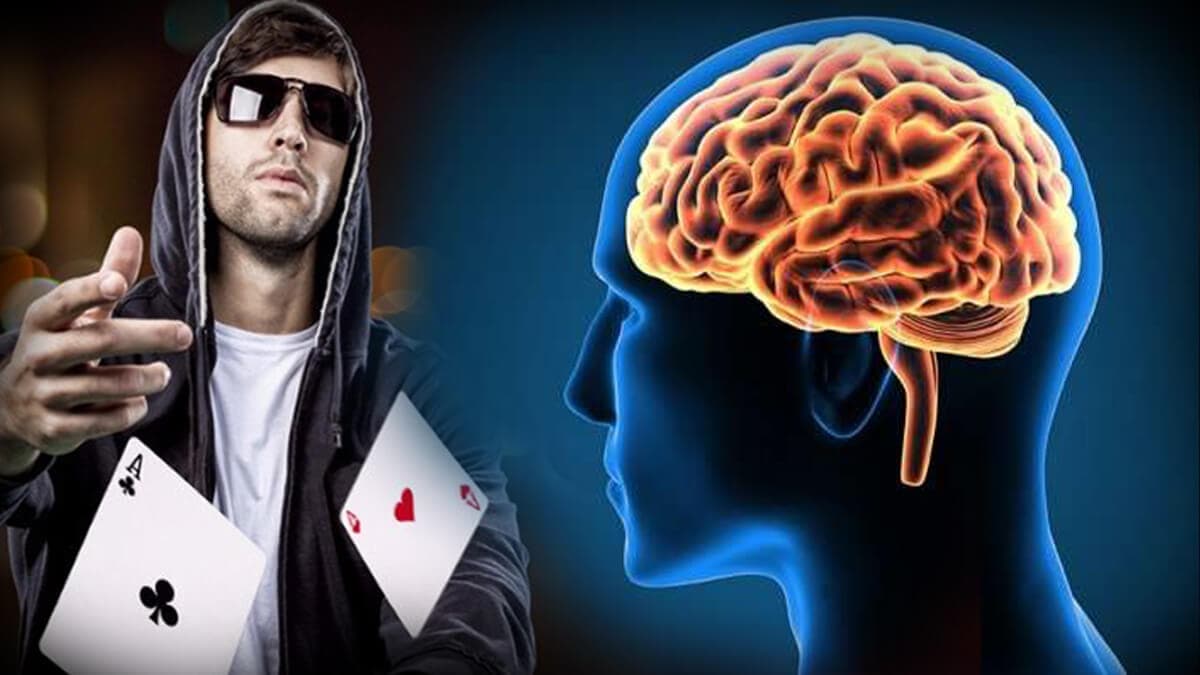
Action gambling, also known as high-risk gambling, is a type of gambling that involves high stakes, rapid betting, and a rush of excitement
People who engage in action gambling often do so in pursuit of a big win or as a way to escape boredom or stress. However, the risks involved can lead to serious consequences, both financial and psychological. In this article, we will explore the psychology behind action gambling and the factors that contribute to its addictive nature
The Thrill of the Chase
One of the primary reasons that people engage in action gambling is the thrill of the chase. The possibility of winning a large sum of money with a single bet can be highly enticing. This excitement is amplified by the fast-paced nature of action gambling. With quick betting and instant results, the rush of adrenaline can be addictive.
However, this excitement can quickly turn to frustration and disappointment. Many people who engage in action gambling end up losing more money than they win, which can lead to a cycle of chasing losses. This cycle can become all-consuming, and can lead to serious financial difficulties.
The Impact of Psychology
The psychology behind action gambling is complex and multi-faceted. Several factors can contribute to the addictive nature of this type of gambling. One of the most significant factors is the impact of rewards on the brain. When a person wins a bet, the brain releases dopamine, a chemical that is associated with pleasure and reward. This release of dopamine can reinforce the behavior and lead to further gambling.
Additionally, people who engage in action gambling may have an underlying addiction or psychological issue. For example, some people may use gambling as a way to cope with anxiety or depression. Others may have a history of addiction to substances like drugs or alcohol. These underlying issues can make it more difficult to break the cycle of action gambling.
The Role of Environment
Another factor that can contribute to action gambling is the environment in which it takes place. Casinos and other gambling establishments are designed to be stimulating and exciting. Bright lights, loud noises, and flashing images are all intended to keep gamblers engaged and excited. Additionally, the presence of alcohol can lower inhibitions and make it more likely that a person will engage in high-risk gambling.
The Role of Regulation
While action gambling can be highly addictive and dangerous, it is also a significant source of revenue for the gambling industry. As a result, there is often little incentive for the industry to regulate itself. However, there are steps that can be taken to reduce the harm caused by action gambling. For example, some jurisdictions have implemented limits on the amount of money that can be bet at one time or have restricted the hours during which gambling can take place.
Conclusion
Action gambling can be a thrilling and exciting activity, but it can also be highly addictive and dangerous. The psychology behind action gambling is complex, and several factors can contribute to its addictive nature. To reduce the harm caused by action gambling, it is important to understand these factors and take steps to regulate the industry. By doing so, we can help prevent the negative consequences that can result from this type of gambling.

